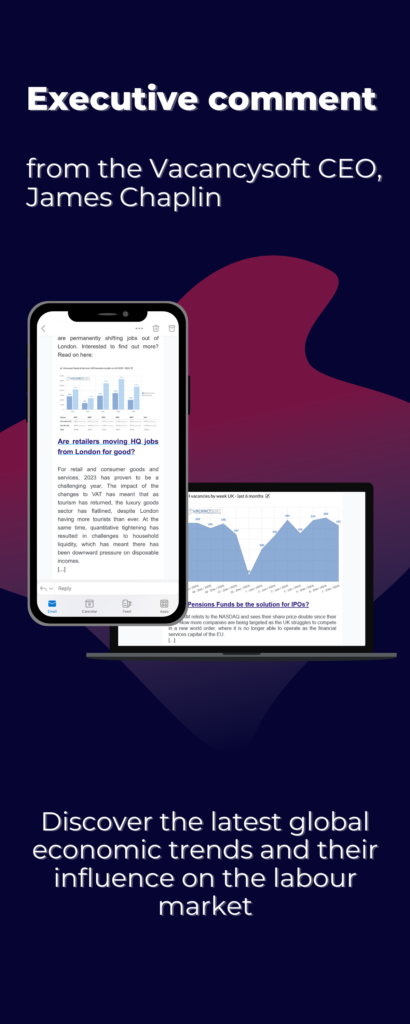As increasing amounts of data become available, businesses that are effectively harnessing it are pulling away from competitors. The digital universe is exploding, indeed by 2020 it is estimated that there will have been a 50 fold increase in online data available within just ten years. It is well known that data encourages well informed decision making. Especially in a situation where there are various stakeholders with conflicting perspectives, hard data can act as the mediator, ensuring that business resources are allocated optimally.
However no strategy is infallible, and making decisions based on data does not always lead to optimal outcomes. Reasons include:
- Mistaking correlation with causation and conclusion bias
Two events happening at the same time may or may not be linked where one may or may not be causing the other. There is a risk that superficial analysis can lead to conclusion bias. That is, the person doing the analysis has a personal opinion which they look to validate through the data. One of the most famous examples of this is the correlation between psychiatric disorders and recreational drug use. Is it the case that drugs cause disorders, or that people predisposed to disorders are more likely to take drugs? Whilst there is a correlation, causation either way is not proven. Within the job market an example of correlation over causation would be, the economy is growing and more people are employed. This is a great example of why diversity in the work force is so important, as conclusion bias can be directly attributed to upbringing, socio economic status and peer groups. Having a diverse workforce neutralises this. With all this in mind, if your business has a culture of data led decision making, having multiple people with different perspectives analyse the same data sets will give optimal results. An excellent book to read on this topic is the Black Swan.
- Failure to implement insight led outcomes
As data is integrated from various sources, the complexity can become overwhelming. At that point, there is a danger of paralysis by analysis. With so many variables, it becomes unclear what the correct course of action is, where instead of data being used to drive change nothing happens. Therefore at every step, there needs to be clarity on what the objectives are and how the data on hand can help answer that question. For example, now companies house allows for API integration, what this means is that recruiters could have the financial information about all their medium / large clients contained within their CRM. That sounds impressive, but unless there is a clear outcome in mind, which will generate ROI, so what? So why not then create reporting that shows for all the key clients, what their year on year turnover and revenue growth is, so to help with resource allocation for key account management? i.e. with faster growing clients allocate more resource, with loss making clients, assign less.
- Relying on low quality or inconsistent data
Data led decision making is dependent on quality and consistent data. As an example, imagine you are analysing a client’s hiring activity over the past year as part of an annual review, but six months data is missing. Or, when you analyse hiring by role, jobs are not categorised consistently. Doing any kind of meaningful analysis becomes impossible. You are better off not trying, as the alternative is to make assumptions that could end up being faulty.
At Vacancysoft this is why we have strived to create a data set that is both high quality and consistent. This starts with our company coverage. In the UK, medium to large companies account for over two thirds of all private sector employment, so our start point is to monitor them comprehensively. Whenever they republish a job, we know. If they change their career centre, we track the new one. This means that with your key accounts, we are able to provide consistent coverage.
In the same way, our specialist data quality control process means that every posting is categorised using our proprietary taxonomy, so results in standardisation of job processing, meaning that you can analyse activity by client or market segment, without having to worry about false readings due to low quality data.
If you would like to see how your decision making could be enhanced through vacancy data, contact us for a free consultation.
Over the last ten years Vacancysoft has worked with recruitment firms of all sizes to help them map out market activity in order to identify changes in demand. For more information about how we can help, please contact us.



